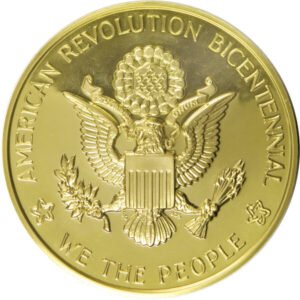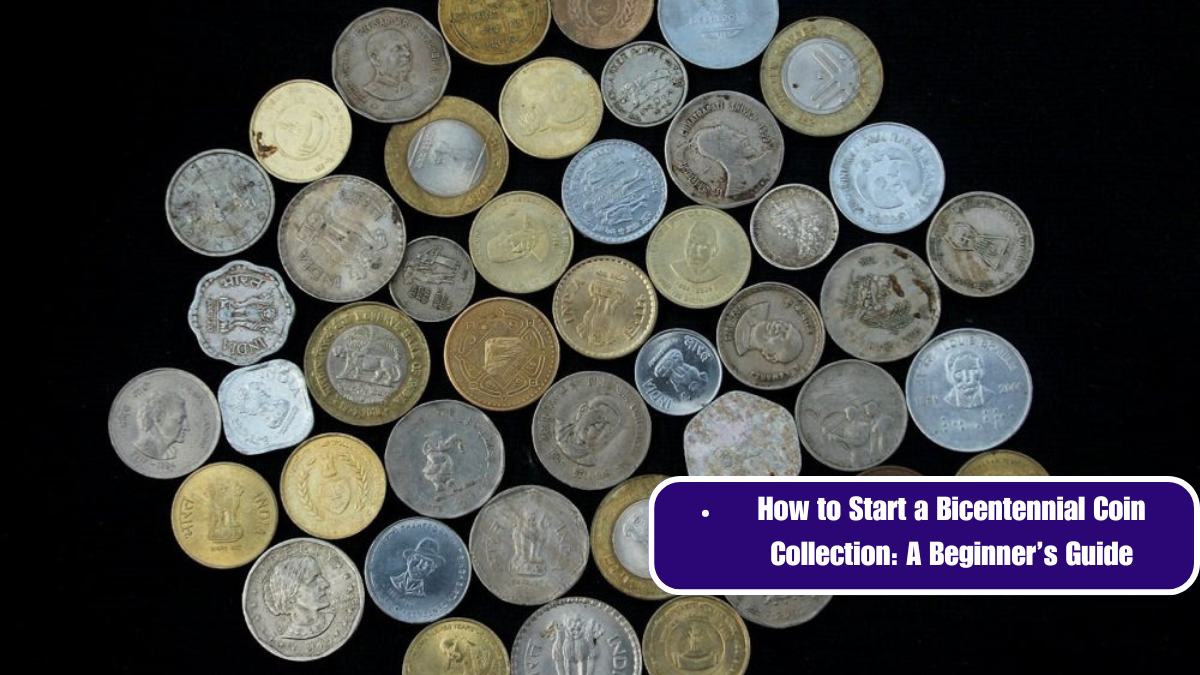When it comes to collecting coins, particularly those from significant commemorative events like the U.S. Bicentennial, condition is key. The value of a coin is profoundly influenced by its grade, which reflects its state of preservation and can greatly impact its market worth. Understanding how Bicentennial coins are graded helps collectors and investors make informed decisions, ensuring their collections are both valuable and well-maintained.
What Are Bicentennial Coins?
The U.S. Bicentennial coins were issued in 1975 and 1976 to celebrate the 200th anniversary of American independence. These coins include the quarter, half dollar, and dollar, each featuring unique designs that reflect the historic occasion. Due to their commemorative nature and the special designs, Bicentennial coins have become popular among collectors and numismatists.
The Grading System
Coin grading is a standardized system used to assess a coin’s condition, often on a scale from 1 to 70, with higher numbers indicating better preservation. The most widely accepted grading scale is the Sheldon Scale, developed by Dr. William Sheldon in the 1940s. This scale includes the following categories:
- Poor (P-1): Very worn, barely recognizable.
- Fair (F-2): Significant wear, but details are visible.
- Very Good (VG-8): Clear details with considerable wear.
- Good (G-4): Well-worn, but major features are visible.
- Fine (F-12): Moderate wear with most details visible.
- Very Fine (VF-20): Light wear with strong details.
- Extremely Fine (EF-40): Minor wear on high points.
- About Uncirculated (AU-50 to AU-58): Almost no wear with mint luster.
- Mint State (MS-60 to MS-70): Uncirculated condition with MS-70 being perfect.
Grading Bicentennial Coins
For Bicentennial coins, grading takes into account factors such as:
- Wear and Tear: Coins that have been in circulation are likely to show signs of wear, affecting their grade. Coins in excellent condition, especially those that were stored properly, are graded higher.
- Surface Preservation: Scratches, marks, or blemishes on the surface of a coin can lower its grade. Coins with smooth, unblemished surfaces are more valuable.
- Strike Quality: The quality of the coin’s strike—how well the design details are impressed into the coin—also affects the grade. A sharp, clear strike is indicative of a higher grade.
- Luster: Luster refers to the coin’s sheen or shine. Coins with original mint luster, which is the reflective quality of a freshly minted coin, are graded higher.
- Eye Appeal: The overall attractiveness of a coin, including its color and visual appeal, plays a role in its grading.
Why Condition Matters
The condition of a Bicentennial coin can significantly impact its value. Coins in higher grades are generally more sought after by collectors, which can drive up their market value. For instance, an MS-65 Bicentennial quarter can fetch a much higher price than one in a lower grade like VG-8.
Additionally, the condition of a coin often correlates with its rarity and historical significance. Well-preserved coins are less common and thus can be more valuable, especially as they become rarer over time.
Preservation Tips
To maintain the value of your Bicentennial coins, proper storage and handling are crucial. Here are a few tips:
- Use Protective Cases: Store coins in airtight holders or coin capsules to prevent exposure to air, which can lead to tarnishing.
- Avoid Cleaning: Never clean coins, as this can scratch or damage the surface and lower their grade.
- Keep in a Controlled Environment: Store coins in a cool, dry place away from direct sunlight to avoid damage.
The grading of Bicentennial coins plays a vital role in their value and appeal to collectors. Understanding the factors that influence a coin’s grade can help collectors preserve their coins in the best possible condition and make informed decisions about buying or selling. As with all collectibles, the condition is not just about aesthetics but also about preserving the historical and financial value of these unique pieces of American heritage.














